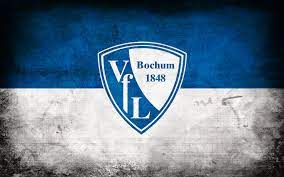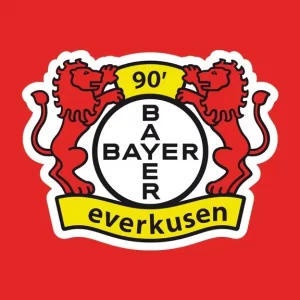The New England Patriots are more than just a professional football team; they represent a rich tapestry of sports history, culture, and community spirit in New England. Founded in 1960, the franchise has evolved from humble beginnings to become a dominant force in the National Football League (NFL). The journey of the New England Patriots is marked by challenges, triumphs, and a relentless pursuit of excellence that continues to inspire generations of fans.
Early Years and Formation New England Patriots
The early years of the New England Patriots were characterized by uncertainty and a struggle for identity. Formed in 1960 as a charter member of the American Football League (AFL), the team initially faced significant challenges both on and off the field.
Birth of the Franchise
The inception of the New England Patriots can be traced back to a group of visionaries led by Billy Sullivan, who sought to bring professional football to the New England area. Initially named the Boston Patriots, the team was part of a burgeoning football landscape that included rival leagues and teams. This was an era where football was still finding its footing, and many questioned whether the sport could thrive outside the well-established National Football League.
The franchise’s first few seasons were tumultuous as it struggled to establish a fan base in a city filled with other sports loyalties. The need for branding and marketing became evident. The name “Patriots” was chosen to evoke a sense of regional pride and connection to the historical significance of the American Revolution, underpinning the team’s identity with a patriotic theme that resonates even today.
Challenges on the Field
In their initial years, the New England Patriots experienced a rollercoaster of performance. The franchise had its share of victories but also endured numerous losses, struggling to find consistent success. The early seasons were defined by coaching changes and personnel turnover, making it difficult for the organization to build a cohesive unit capable of competing at a high level.
Despite these obstacles, there were glimmers of hope. Players like Gino Cappelletti and Babe Parilli became fan favorites, helping to solidify the team’s presence in Boston. These athletes not only showcased their talents but also fostered a growing connection between the team and its local supporters, setting the stage for a more successful future.
Transitioning to Success
As the New England Patriots navigated through the late 1960s, a shift began to occur. With increasing attendance and media coverage, the franchise started to gain recognition, and the team’s fortunes began to change. Key acquisitions and the development of homegrown talent laid the groundwork for future competitiveness.
The hiring of influential coaches helped shape the team’s trajectory. The Patriots’ commitment to building a strong organizational foundation began to take root, paving the way for what would become a period of unprecedented success. As we delve deeper into the history of the New England Patriots, we will explore the pivotal moments and figures that contributed to transforming this fledgling franchise into a powerhouse of modern football.
Rise to Prominence in the 1980s and 1990s New England Patriots
The transition from a struggling team in the AFL to becoming a competitive force in the NFL marked a significant turning point for the New England Patriots. The 1980s and 1990s were transformative decades, full of ups and downs, culminating in the team’s first Super Bowl appearance.
The Coaching Influence
One of the critical components of the rise of the New England Patriots during this era was the influence of various head coaches who brought new philosophies and strategies to the team. Coaches such as Raymond Berry and Parcells played crucial roles in developing the team’s identity and enhancing its competitive edge.
Raymond Berry, a former player turned coach, instilled discipline and a focus on fundamentals. His coaching style molded the young players and helped cultivate a winning mindset. Players began to embrace the ethos of hard work, teamwork, and accountability under his guidance, showcasing a marked improvement in performance.
Bill Parcells took over in the late 1990s, bringing with him a reputation for building winner teams and a commanding presence that resonated throughout the locker room. His leadership was pivotal during this period, as he emphasized the importance of defense and created a resilient culture within the organization. Under Parcells’ tutelage, the team made strides toward its first Super Bowl appearance while showing glimpses of greatness for the years to come.
Building a Competitive Roster
Alongside coaching changes, the acquisition of talented players was integral to the New England Patriots’ rise. The draft strategies, trades, and free-agent signings during the 1980s and 1990s formed the backbone of a competitive roster.
Key players such as quarterback Tony Eason, running back Craig James, and wide receiver Irving Fryar emerged as stars during this time. Their contributions elevated the team’s performance and connected them with fans across New England. Additionally, emerging defensive talents like Andre Tippett gave the Patriots a formidable edge on both sides of the ball.





